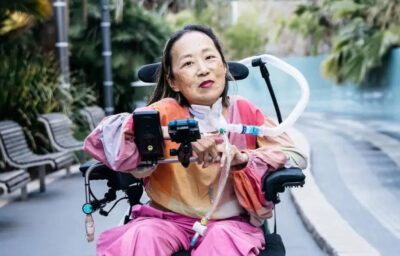
A new report released by the National Disability Services (NDS) has highlighted a concerning outlook for disability community programs in Australia. According to the report, a lack of funding and volunteers is putting these programs at risk of closure, leaving many people with disabilities without access to essential services and support.
There are roughly 4 million people with disabilities who do not have an individual NDIS funding package. These people rely largely on what’s referred to as Tier 2 services, which include mainstream services delivered by state and territory governments, services delivered by community groups, organisations, not-for-profit organisations and local government.
Recent research by the Melbourne Disability Institute, University of Melbourne, shows that a staggering 90 per cent of people with disability in Australia who are not on an individualised NDIS funding package report that they are unable to access the services and support that they need.
A new report, commissioned by the peak body for disability, National Disability Services (NDS) and researched by independent think tank, Per Capita has found the decline in access to Tier 2 services is largely due to:
- The changing structure of federal and state funding for Tier 2 services, and;
- The declining level of volunteering in the sector, upon which, in the absence of appropriate funding, many Tier 2 organisations are increasingly dependent.
Importantly, the research suggests that without adequate Tier 2 services, individuals with disabilities are at greater risk of needing an NDIS funding package, or increased NDIS supports.
Those outside the scope of the NDIS may have insufficient access to quality services, putting greater pressure on the federal scheme to meet their needs as their only alternative.
NDS CEO Laurie Leigh says with the rising inflation, sporadic and low investment in community-based supports, and with volunteerism on a steady decline, there is a critical need for stable, sufficient and well-targeted funding to ensure the longevity of these important programs.
“A lack of so-called Tier 2 supports has created an ‘NDIS or bust’ situation for people with disability needing assistance. Investing in these community support programs will take considerable pressure off the scheme,” she said.
“With Tier 2 funding accounting for less than 1 per cent of total investment in disability supports, now is the time to inject some funding and stability into Tier 2 services.
“We need reliable, ongoing funding for Tier 2 services, be that through states and territories, local councils, the NDIS or linkages grants, so that there is – for the whole sector – a thriving environment for people with disability to access the information and supports that they need.”








